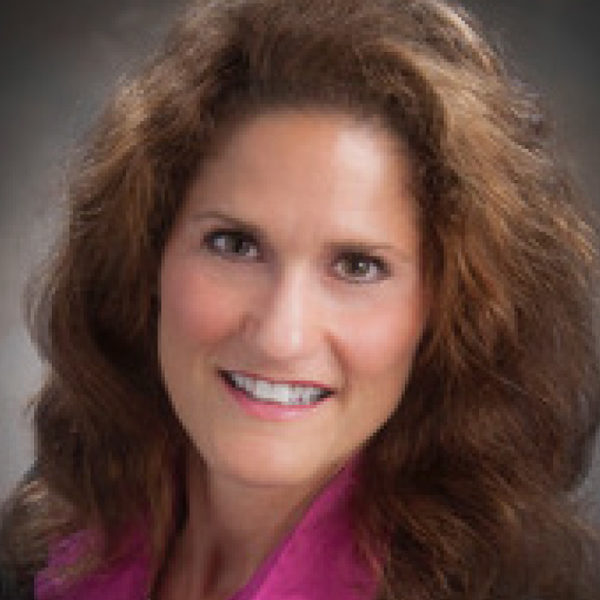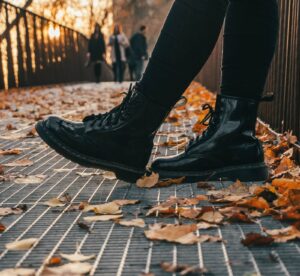The Christmas Tree is out of the house, the holiday lights packed away, the garland removed, and the last Christmas cookie has fallen victim to a spontaneous snacker. As resolutions begin to swirl, like frosting on Aunt Viola’s Yule Log cake, it’s time to face the facts — the party is over! The post holiday munch weight gain is here.
I must admit ordering the video-link indoor fitness bicycle is tempting, but if my renewed exercise commitment wanes by the spring, that nifty bike will quickly turn into a clothes rack. Not to mention the financial penalty for cancellation (listed in very fine print). As a fitness enthusiast over the years, I’ve tried teaching aerobics, group fitness classes, swimming, running marathons, half Ironman finisher, and one foolish attempt at Adventure Racing — hairy dudes with big egos who pee in the woods — never again.
After the grit, grind, calluses, and over-training lectures from my doctor and chiropractor, it was time to change my ways. Maybe wisdom truly comes with age, as I finally found the ancient practice for the mind and body — yoga.
Yoga is a mind and body practice with a 5,000-year history in ancient Indian philosophy. Various styles of yoga combine physical postures, breathing techniques, and meditation or relaxation. There is no written record of the inventor of yoga. Male yoga practitioners are known as yogis, and female yoga practitioners are called yoginis. Both practiced and taught yoga long before any written account of yoga came into existence.
Over the next five millennia, yogis passed the discipline down to their students, and many different schools of yoga developed as the practice expanded its global reach and popularity. The Yoga Sutra is the earliest written record of yoga and one of the oldest texts in existence; it provides the framework for all modern yoga.
Fitness was not initially a primary goal of yoga. The tradition began to gain popularity in the West at the end of the 19th century. Modern yoga has evolved with a focus on exercise, strength, flexibility, and breathing. It can help boost physical and mental well-being.
“For me, yoga helps me integrate myself instead of trying to squeeze parts out of me,” said Sarah Acord, E-RYT 500, registered nurse and owner of Aiken Yoga. “Yoga has deepened my connection to myself, and I’ve learned to look at my bad habits and use them as a tool to empower myself. The better I feel, the more likely I am to say “yes“ to what serves my highest good and “no thank you” to settling for myself. The daily practice of yoga is a reminder that consistency is the key to a healthy lifestyle,” said Acord.
There are many styles of yoga, and no style is more authentic or superior to any other. The key is to choose a class appropriate for your fitness level.
Now that you know a little about the practice, why not give it a try? If you are worried about squeezing time into your schedule, yoga and dinner make a perfect date night with your spouse or significant other. (Dudes do yoga too.) Remember, yoga is another tool for life balance and stress management, a good resolution to consider making for the New Year.
So what’s my New Year’s Resolution? Well, it’s simple. May we be gentler and kinder to ourselves and each other. Let’s put away our personal electronic devices and busy schedules — just for a moment — to appreciate the community we live in, the blessings we have, and the people we love. I wish you all peace, health, and happiness in the New Year. Namaste.
Types + Styles of Yoga
Ashtanga Yoga
This type of yoga uses ancient yoga teachings, but it became popular during the 1970s. Ashtanga applies six established sequences of postures that rapidly link every movement to breath.
Bikram Yoga
Also known as “hot” yoga, Bikram occurs in specially heated rooms with temperatures of nearly 105 degrees and 40 percent humidity. It consists of 26 poses and a sequence of two breathing exercises.
Hatha Yoga
This is a generic term for any kind of yoga that teaches physical postures. Hatha classes usually serve as a gentle introduction to the basic yoga postures.
Iyengar Yoga
This type focuses on finding the correct alignment in each pose using a range of props such as blocks, blankets, straps, chairs, and bolsters.
Jivamukti Yoga
Jivamukti means “liberation while living.” This type emerged in 1984 and incorporates spiritual teachings and practices that focus on the fast-paced flow between poses rather than on the poses themselves. This focus is called vinyasa. Each class has a theme that is explored through yoga scripture, chanting, meditation, asana, pranayama, and music. Jivamukti yoga can be physically intense.
Kripalu Yoga
This type teaches practitioners to know, accept, and learn from the body. A student of Kripalu learns to find his or her own level of practice by looking inward. The classes usually begin with breathing exercises and gentle stretches, followed by a series of individual poses and final relaxation.
Kundalini Yoga
Kundalini means “coiled, like a snake.” Kundalini yoga is a system of meditation that aims to release pent-up energy. A class typically begins with chanting and ends with singing. In between, it features asana, pranayama, and meditation customized to create a specific outcome.
Power Yoga
In the late 1980s, practitioners developed this active and athletic type of yoga based on the traditional ashtanga system.
Restorative Yoga
This is a relaxing method of yoga. A person spends a restorative yoga class in four or five simple poses, using props like blankets and bolsters (body-length cushions) to sink into deep relaxation without exerting any effort in holding the pose.
Sivananda
This is a system based on a five point philosophy that maintains that proper breathing, relaxation, diet, exercise, and positive thinking work together to form a healthy yogic lifestyle. It typically uses the same 12 basic asanas, bookended by sun salutations and savasana poses.
Viniyoga
Viniyoga can adapt to any person, regardless of physical ability. Viniyoga teachers re-quire in-depth training and tend to be experts on anatomy and yoga therapy.
Yin Yoga
Yin is a quiet, meditative yoga practice, also called taoist yoga. Yin yoga allows the re-lease of tension in key joints. Poses are passive, meaning that gravity shoulders most of the force and effort.
























